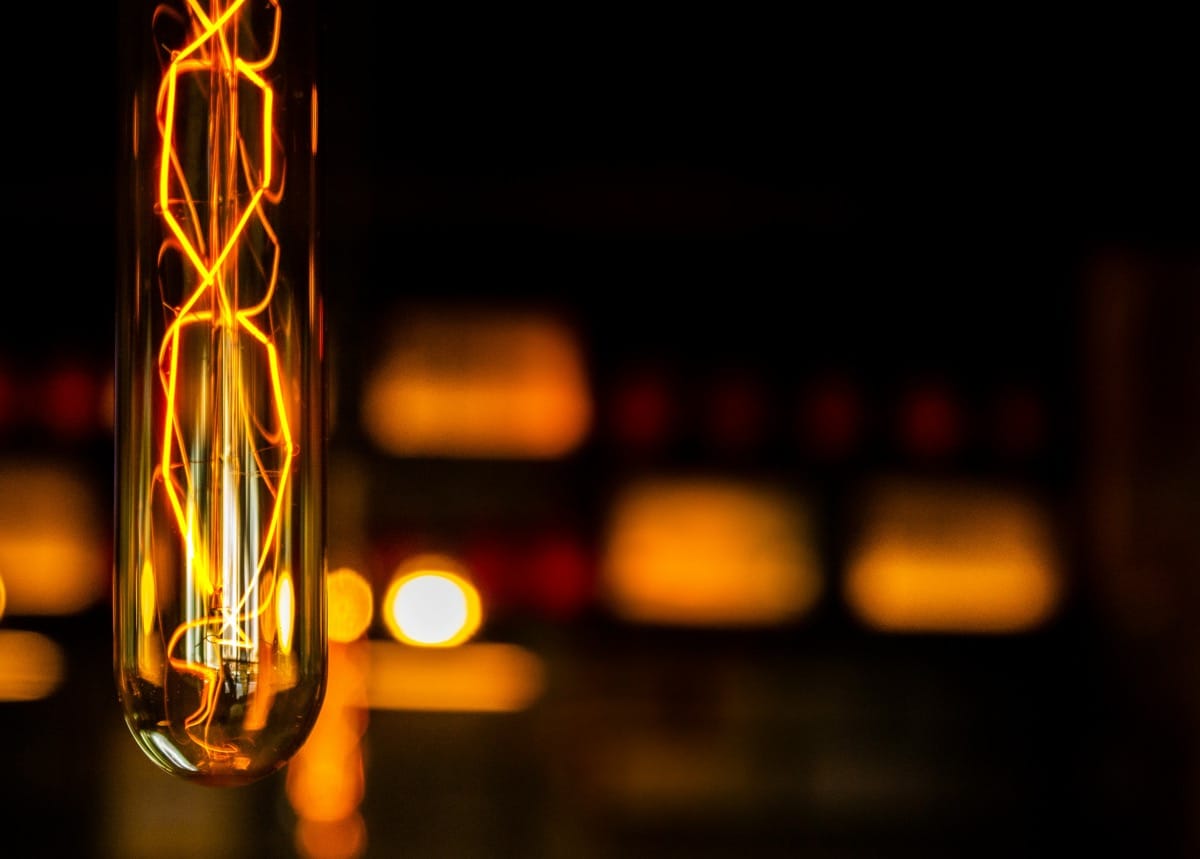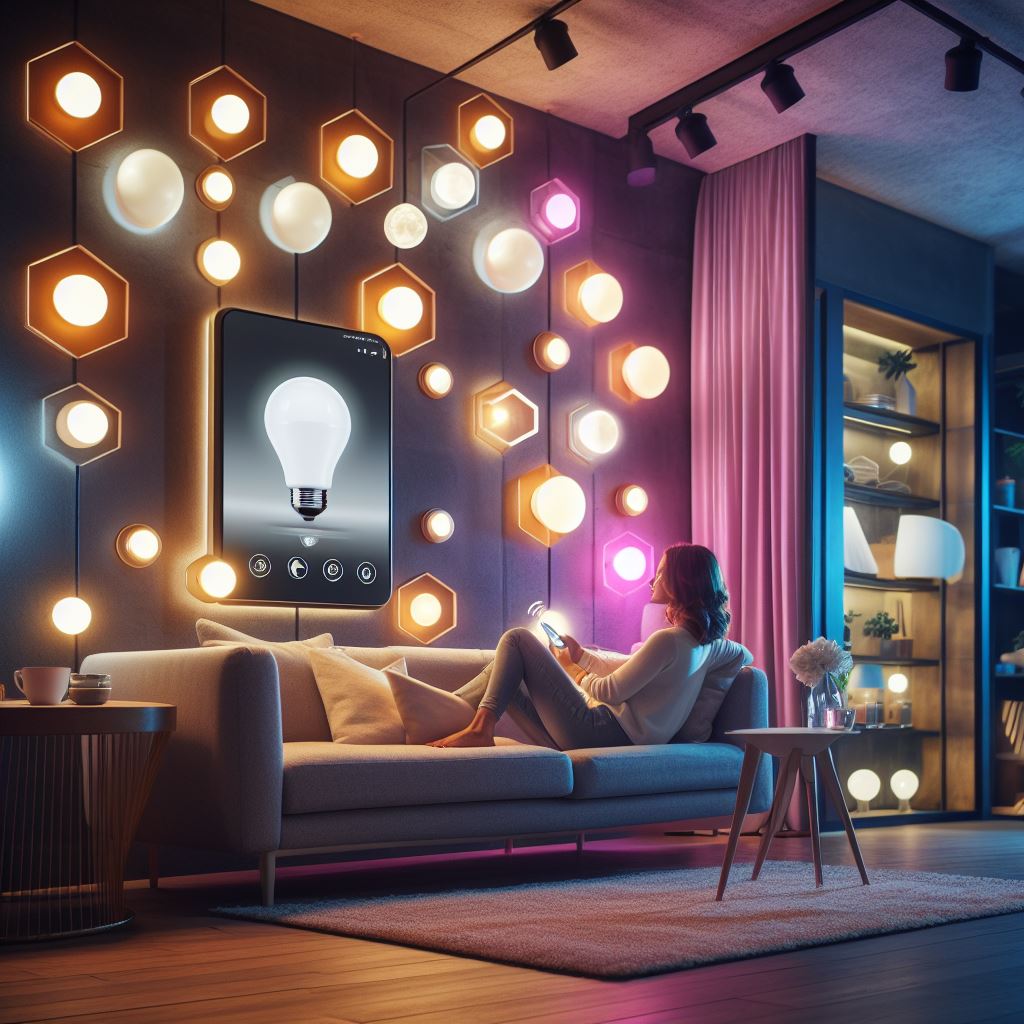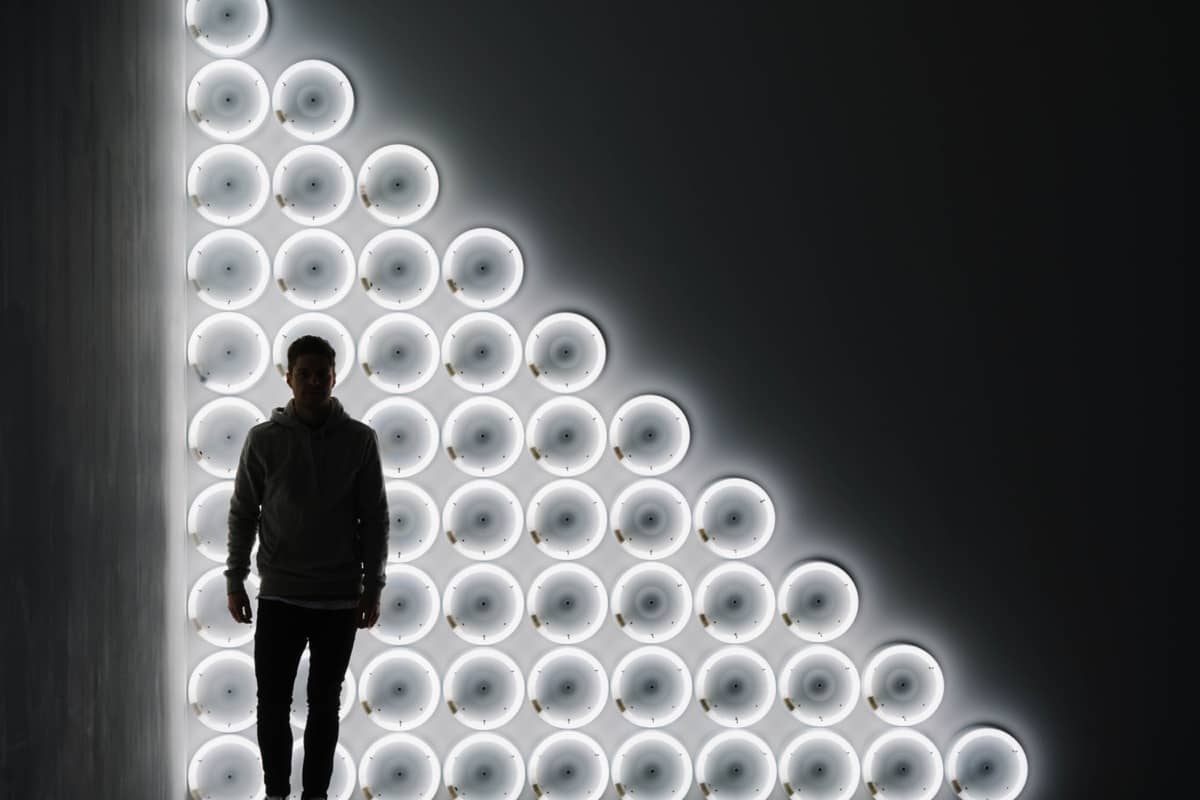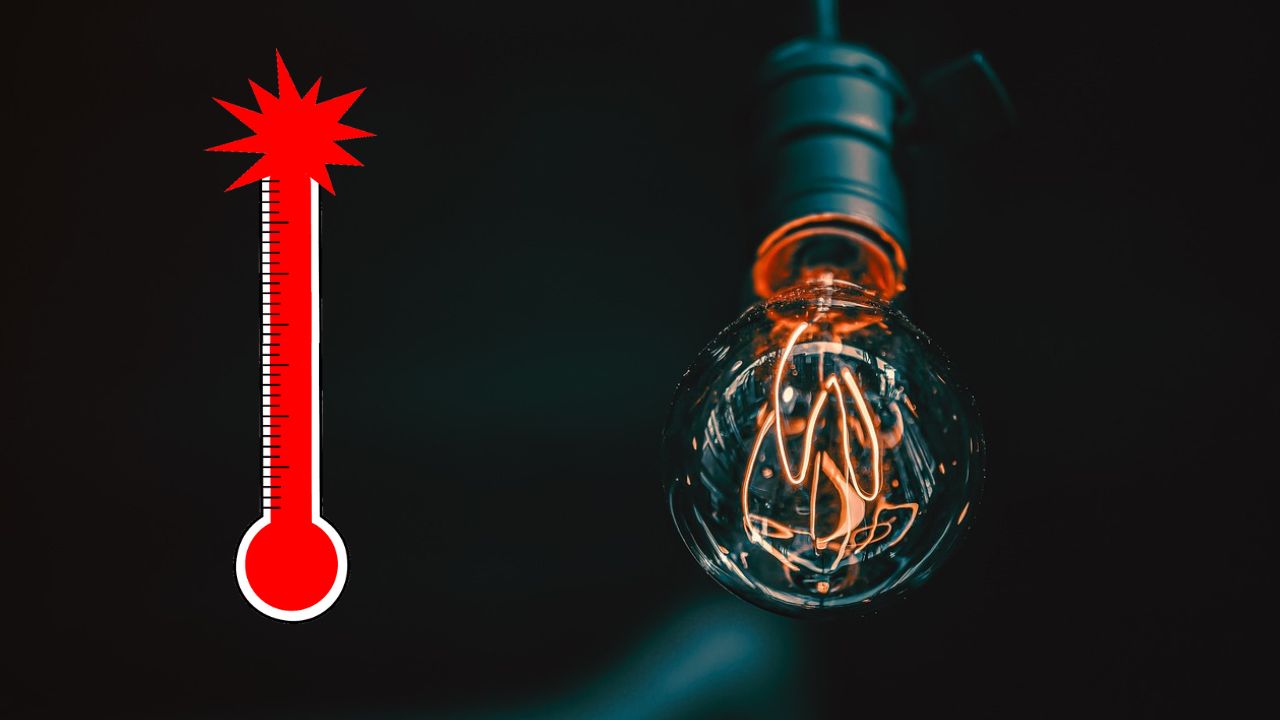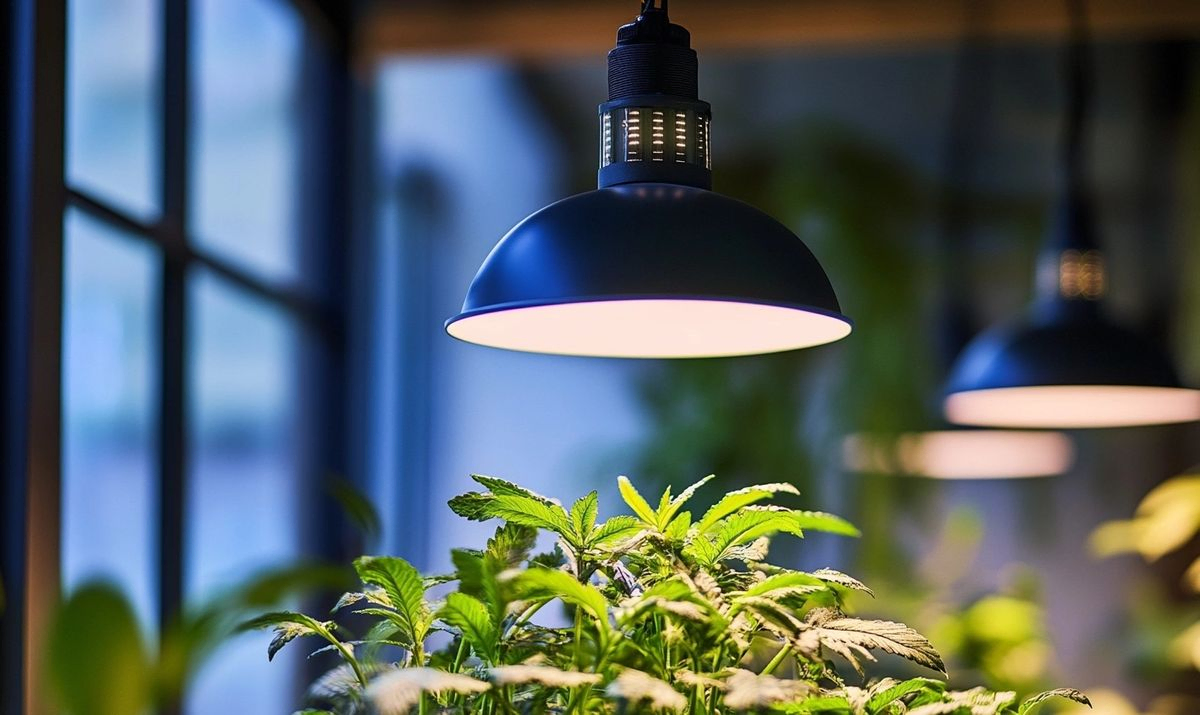In the realm of energy-efficient lighting, LED bulbs have emerged as a popular choice due to their longevity and eco-friendly benefits. However, despite their many advantages, these bulbs are not without their challenges. As an expert in the field, it’s important to shed light on the common issues that users may face with LED bulbs. From flickering and buzzing to compatibility problems with dimmer switches, understanding the drawbacks of LED technology is crucial for consumers to make informed decisions. This blog post will delve deep into the problems that can arise with LED bulbs, providing insights and solutions to ensure a seamless lighting experience for all.
The Hidden Dangers of Flickering LED Bulbs
Have you ever noticed your LED bulb flickering unexpectedly? This seemingly harmless issue can actually pose dangers that many people are unaware of. Let’s delve into the problems with LED bulbs that flicker:
Eye Strain and Discomfort
Flickering LED bulbs can put a strain on your eyes, leading to discomfort and potentially contributing to headaches and vision problems.
Reduced Productivity
Consistent flickering in your workspace can disrupt your concentration and reduce your productivity levels significantly.
Triggering Health Issues
For individuals sensitive to light or prone to migraines, flickering LED bulbs can trigger or worsen these health issues.
Fire Hazards
In severe cases, rapid flickering in LED bulbs can indicate an electrical issue, potentially leading to overheating and fire hazards.
It’s essential to address flickering LED bulbs promptly to avoid these hidden dangers.
Maintaining a safe and comfortable environment is crucial, so keep an eye out for any flickering lights that could be putting your well-being at risk.
Understanding the Issue of Color Temperature Variations
LED bulbs have revolutionized the lighting industry with their energy efficiency and long lifespan. However, they are not without their shortcomings. One common issue that many users face with LED bulbs is color temperature variations. Let’s delve into this problem and understand why it occurs.
The Impact of Color Temperature
Color temperature is a crucial aspect of lighting that affects the ambiance and mood of a space. It ranges from warm, yellowish tones to cool, bluish hues. Inconsistent color temperatures in LED bulbs can lead to mismatched lighting, creating a jarring visual experience.
Causes of Color Temperature Variations
Several factors contribute to the issue of color temperature variations in LED bulbs:
- Poor quality control during manufacturing
- Inconsistent LED chip quality
- Variations in driver circuitry
Effects on Overall Lighting Quality
Color temperature inconsistencies can impact the overall quality of lighting in various ways:
- Uneven illumination in a room
- Color casts on objects and surfaces
- Difficulty in achieving desired lighting effects
Imagine trying to create a cozy atmosphere in your living room, only to have different areas bathed in slightly different hues, disrupting the harmony of the space. Color temperature variations in LED bulbs can detract from the intended lighting design and aesthetic appeal of a room.
Dimming Woes: Why Some LED Bulbs Fail to Dim Properly
When it comes to LED bulbs, many consumers are drawn to their energy efficiency and long lifespan. However, one common problem that some people encounter with these bulbs is dimming issues. Why do some LED bulbs fail to dim properly? Let’s explore the possible reasons behind this frustrating dilemma.
The Complexity of Dimming LED Bulbs
Dimming an LED bulb is not as straightforward as dimming an incandescent bulb. The technology behind LED bulbs is more intricate, requiring compatibility with specific dimmer switches. Using the wrong dimmer can lead to flickering, buzzing, or even the bulb not dimming at all.
Compatibility Concerns
LED bulbs are sensitive to the type of dimmer switch being used. Some dimmers are designed for incandescent bulbs and may not work effectively with LEDs. Compatibility issues can result in poor dimming performance and can even shorten the lifespan of the LED bulb.
Inferior Quality Bulbs
Another factor that can contribute to dimming problems is the quality of the LED bulb itself. Cheaper, low-quality bulbs may not have the necessary components to facilitate smooth dimming. Investing in high-quality, reputable brands can help mitigate this issue.
Incorrect Wiring
Improper installation or wiring of the dimmer switch can also cause LED bulbs to dim improperly. Faulty connections can lead to erratic dimming behavior and potentially damage the bulb. It’s essential to ensure that the dimmer switch is installed correctly to avoid such issues.
Dimming LED bulbs can enhance the ambiance of a room and save energy, but when they fail to dim properly, it can be frustrating. By understanding the potential causes of dimming woes, consumers can take steps to address the issue and enjoy the benefits of LED lighting to the fullest.
Overcoming the Challenge of Dim Light Output in LED Bulbs
The Struggle with Dim Light Output
Have you ever experienced the frustration of purchasing an LED bulb, only to find that the light it emits is dimmer than expected? Dim light output in LED bulbs can be a common problem that many consumers face. Understanding the reasons behind this issue is crucial to finding effective solutions.
Potential Causes of Dim Light Output
There are several factors that can contribute to dim light output in LED bulbs, including:
- Poor quality components
- Incorrect wattage or lumen output
- Issues with the fixture or installation
How to Overcome Dim Light Output
Fortunately, there are ways to overcome the challenge of dim light output in LED bulbs:
- Choose high-quality LED bulbs: Opt for reputable brands known for their brightness and durability.
- Ensure correct wattage: Double-check that the wattage of the LED bulb matches the fixture’s requirements.
- Consider lumen output: Look for bulbs with higher lumens for brighter illumination.
Seek Professional Assistance
If you’ve tried troubleshooting the dim light output issue with your LED bulbs and still face challenges, it might be time to seek professional assistance. An electrician or lighting expert can help identify the root cause of the problem and provide tailored solutions for optimal lighting performance.
Debunking the Myth of Instantaneous Full Brightness
**LED bulbs**, lauded for their energy efficiency and longevity, have transformed the lighting industry. However, there’s a common misconception that these bulbs reach full brightness instantly when turned on. Let’s delve into this myth and uncover the truth.
The Reality of LED Bulb Brightness:
Contrary to popular belief, LED bulbs do not always achieve full brightness immediately. The time it takes for an LED bulb to reach its maximum illumination can vary depending on several factors.
Factors Affecting Brightness:
Several reasons can cause a delay in achieving full brightness with **LED bulbs**, including:
– LED bulb design and quality
– Power supply efficiency
– Temperature of the environment
Understanding the Delay:
Think of LED bulbs as athletes warming up before a race. They need a bit of time to reach their peak performance. Similarly, these bulbs require a brief moment to hit their full brightness potential.
But why does this delay happen, and is it a cause for concern? When you switch on an **LED bulb**, the electrical current needs to stimulate the bulb’s semiconductor material to emit light. While this process happens rapidly, it may not be instantaneous, resulting in a short delay before reaching full brightness.
Should You Worry About the Delay?
This slight delay in achieving full brightness is a natural characteristic of many LED bulbs and is typically not a cause for alarm. It’s essential to recognize that this delay is a minor inconvenience compared to the numerous benefits that LED technology offers.
So, the next time you flick the switch and notice a momentary delay in brightness, remember that it’s just a small part of the LED bulb’s overall performance and efficiency. Embrace the energy savings and longevity that these bulbs bring, knowing that a brief pause in brightness is a small trade-off for exceptional lighting quality.
Conclusion
After exploring the various issues with LED bulbs in this blog post, it is evident that while they offer numerous benefits, such as energy efficiency and long lifespan, they are not without their drawbacks. From flickering and compatibility issues to color temperature disparities and higher upfront costs, consumers need to be aware of these common problems.
However, with continuous advancements in technology and increasing consumer demand for sustainable lighting solutions, LED manufacturers are working to address these challenges. It is essential for consumers to do their research, purchase high-quality LED bulbs from reputable brands, and consider their specific lighting needs to mitigate these problems and fully enjoy the benefits that LED technology has to offer.
By staying informed and making informed choices, we can overcome the problems associated with LED bulbs and harness their full potential for energy-efficient lighting solutions in our homes and businesses.
Frequently Asked Questions (FAQs)
What is the problem with LED bulbs?
There are a few potential problems with LED bulbs that consumers may encounter.
Do LED bulbs flicker?
LED bulbs can flicker due to incompatible dimmer switches or power supply issues.
Why do LED bulbs get hot?
LED bulbs generate heat at the base because of the electronic components; proper ventilation is essential.
Are LED bulbs dimmable?
Not all LED bulbs are dimmable; be sure to check the packaging for compatibility with dimmer switches.
Do LED bulbs attract bugs?
LED bulbs emit less UV light, so they are less likely to attract bugs compared to traditional incandescent bulbs.
How long do LED bulbs last?
LED bulbs have a longer lifespan compared to incandescent bulbs, with some lasting up to 25,000 hours or more.

